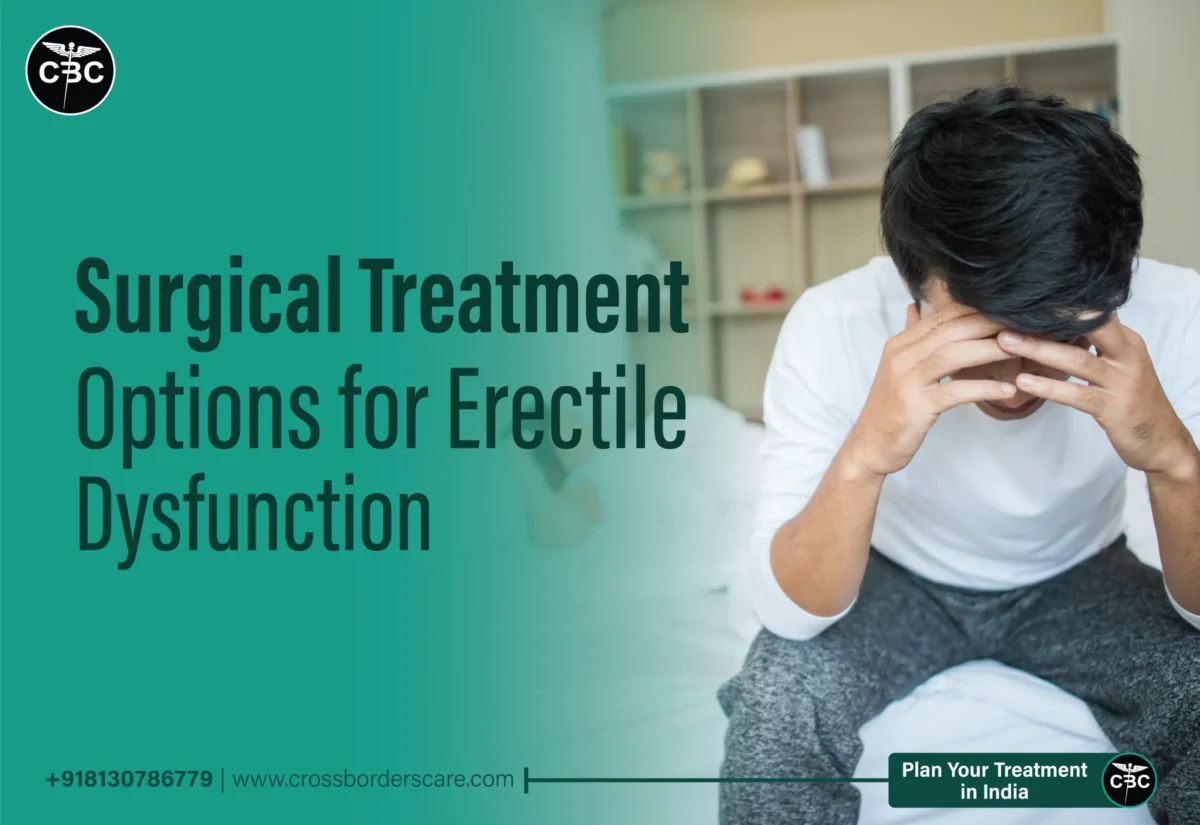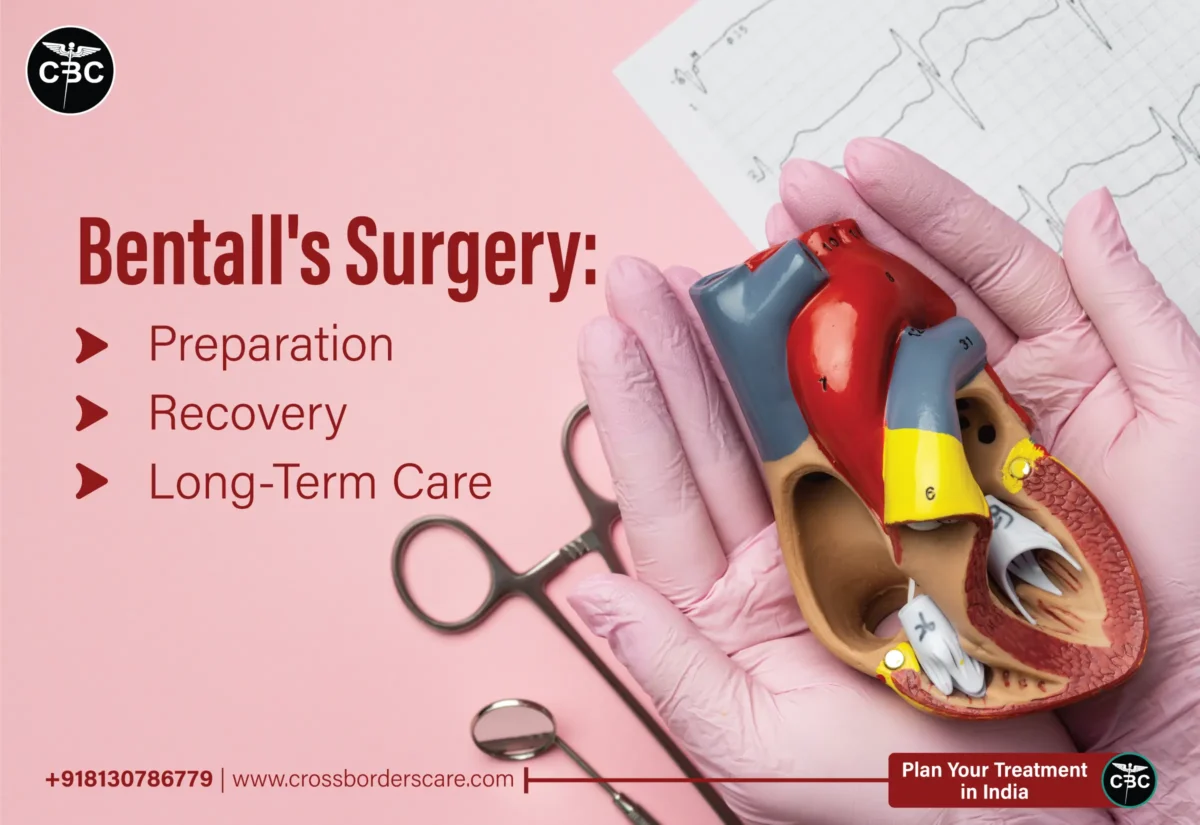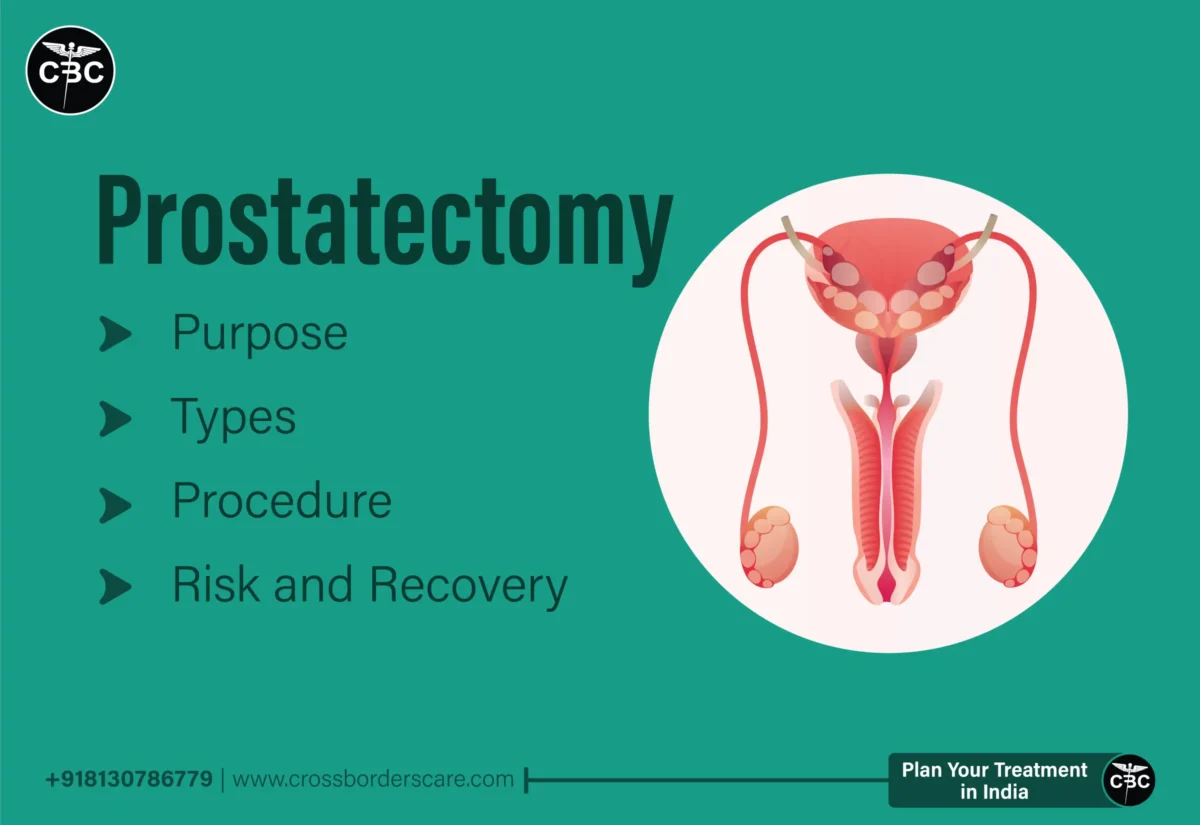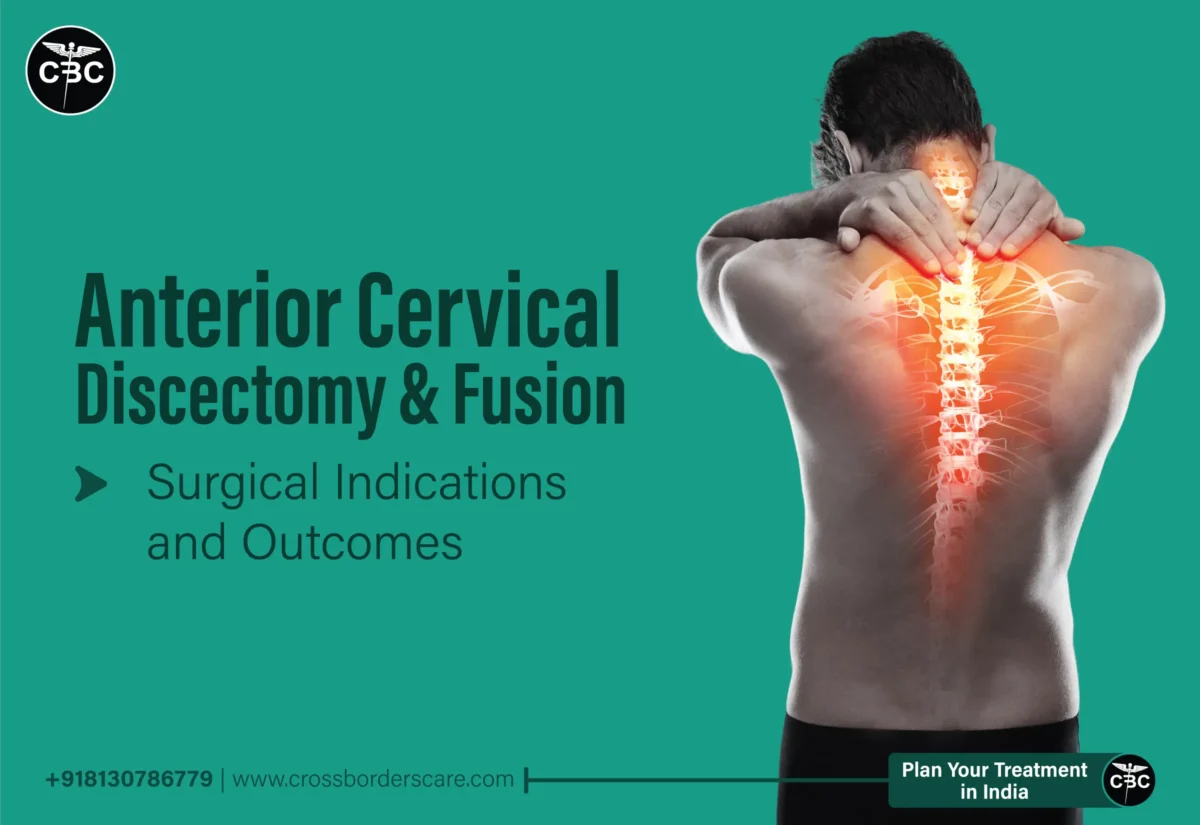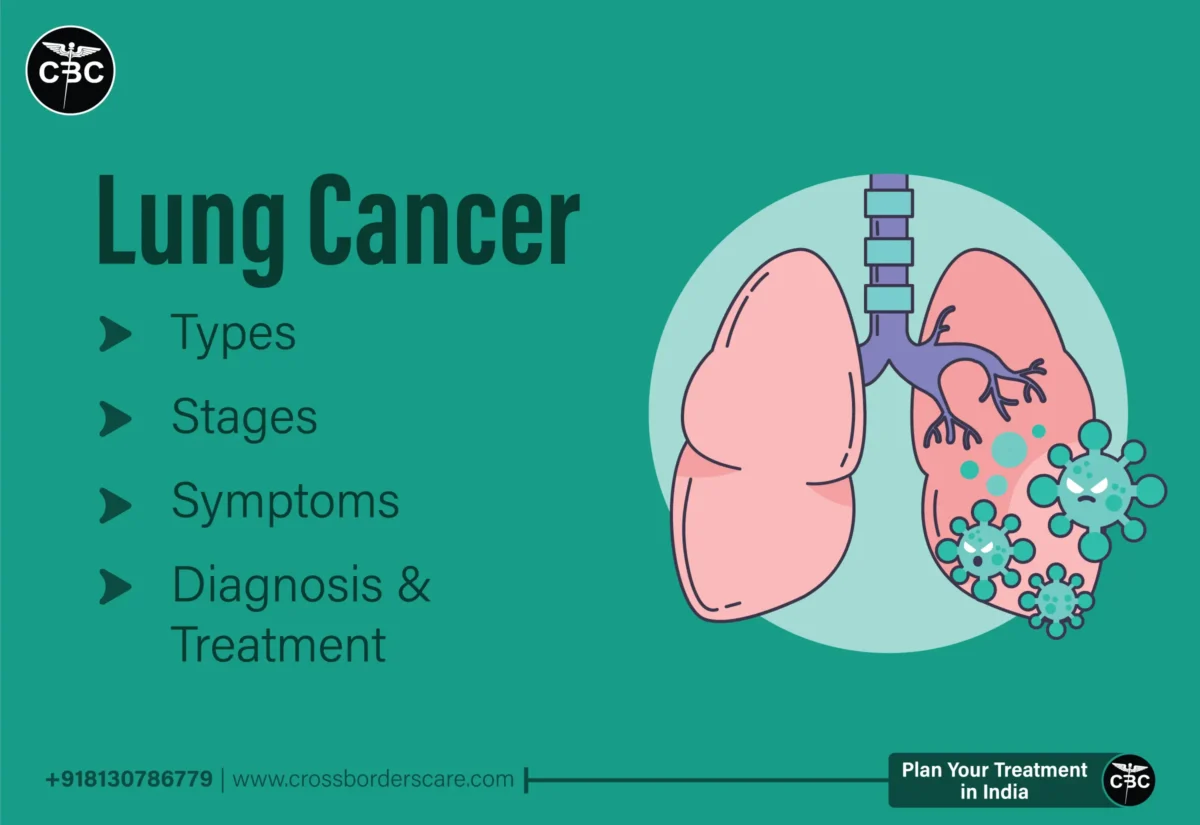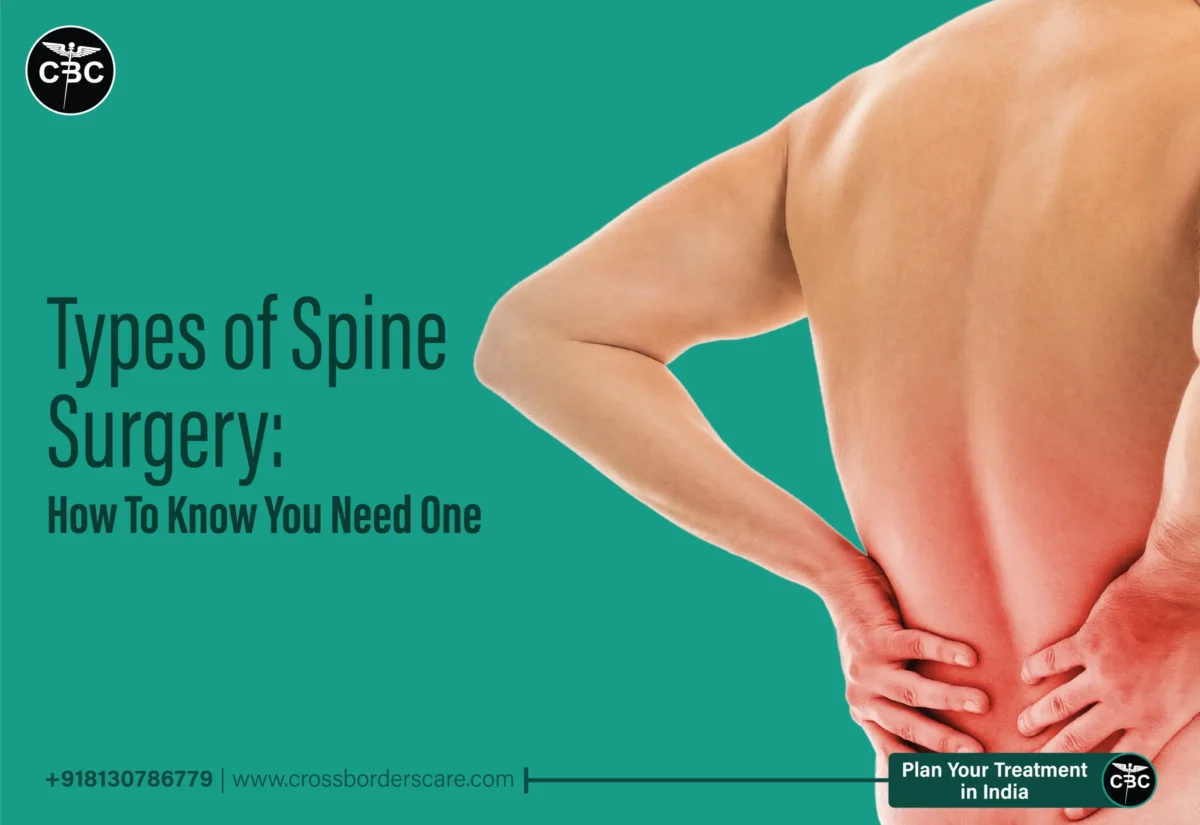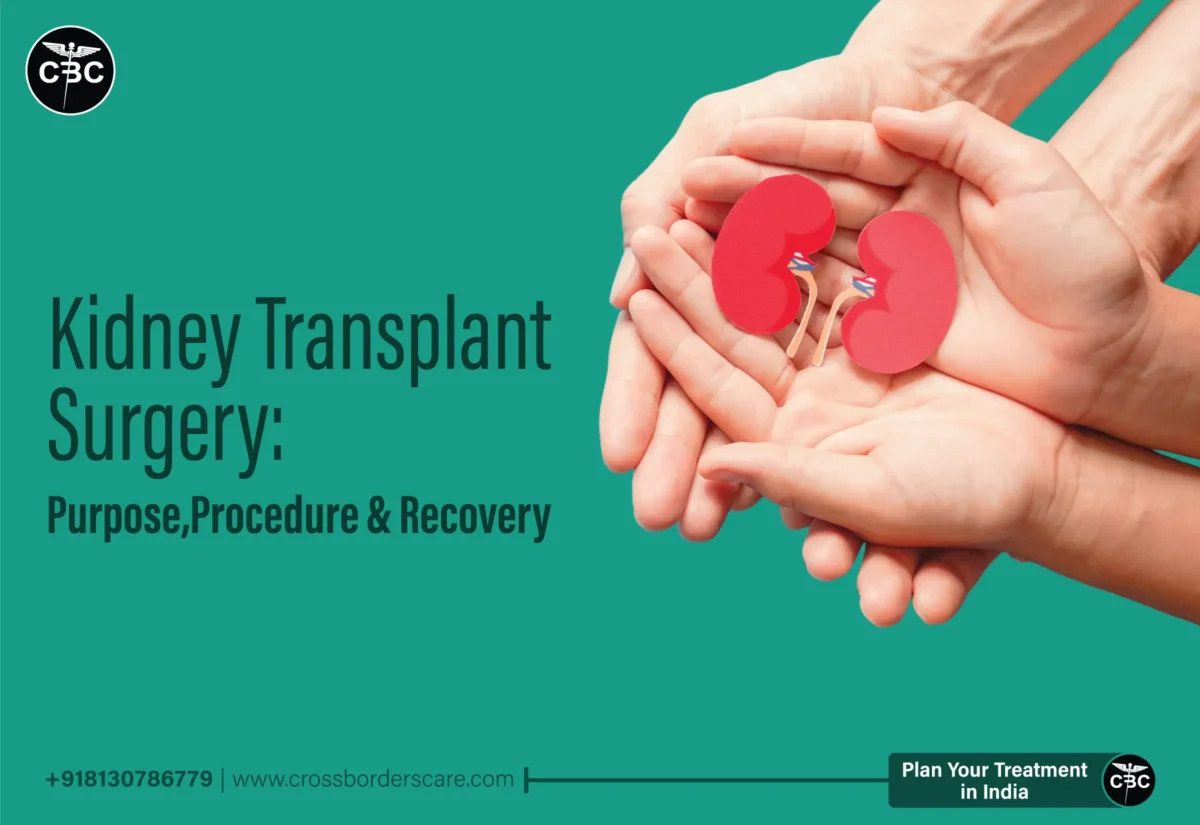There are a lot of surgical treatment options that are available for treating Erectile dysfunction. Most of the patients get rid of this problem after undergoing treatment. However to better understand how erectile dysfunction is treated, we must first understand what erectile dysfunction actually is. In this article we will discuss the surgical treatment options for erectile dysfunction, its advantages, erectile dysfunction surgery cost in India and what to expect after the surgery.
What is Erectile Dysfunction?
Erectile dysfunction (ED) is a medical disorder that is marked by a regular inability to obtain or sustain an erection that is strong enough for sexual activity. There can be numerous causes for it that may include physical ones such as insufficient blood flow to the penis, psychological ones such as stress or anxiety, or a mix of both. Men of all ages can go through ED. But in most cases as men age, it seems to afflict them more frequently. Depending on the underlying reason and uniqueness of each patient suffering erectile dysfunction, treatment options range from dietary adjustments and counseling to prescription drugs or medical technologies. For a precise diagnosis and the best course of therapy, it is important to speak with a healthcare professional.
What are the Reasons for Erectile Dysfunctions?
There are multiple variables that can contribute to erectile dysfunction (ED). These factors can either be due to mental problems, chronic illness or several other factors. Here are a few of the main causes of ED:
- Low blood supply:Reduced blood supply to the penis is one of the most frequent causes of erectile dysfunction. This may be caused by diseases like diabetes, high blood pressure, or atherosclerosis, which narrows the arteries. Damage to the nerves that govern erections can result from diseases like multiple sclerosis or accidents.
- Hormonal Imbalance: Low levels of testosterone in particular people might cause a hormonal imbalance that can lead to ED.
- Penile Anomalies: The penis can develop structural problems that may ultimately lead to ED, such as Peyronie’s disease (scar tissue inside the penis).
- drugs: certain drugs, including certain sedatives, antihypertensives, and antidepressants, can cause ED.
- Stress and anxiety: High amounts of stress, worry, or performance pressure might affect one’s capacity to achieve and sustain an erection.
- Depression: Sexual function can be impacted by mental health problems, such as depression.
- Relationship Issues: ED can be exacerbated by relationship issues, communication problems, or unresolved disputes.
- Obesity and lack of exercise: Being overweight or obese might result in hormonal changes and poor blood flow, which raises your risk of developing ED. Lack of exercise can lead to obesity and worsen cardiovascular health in general, which can compromise erectile performance.
- Smoking and alcohol : Smoking harms blood vessels, which might result in vascular issues that exacerbate ED. Prolonged heavy drinking can harm the liver and nerves, which can result in ED.
Chronic problems
- Diabetes: High blood sugar levels can harm neurons and blood vessels, increasing the likelihood of ED.
- Heart disease: Problems with blood flow, such as coronary artery disease, can affect erections.
- Disease of the Kidneys: Kidney issues can result in hormonal imbalances that impair sexual performance.
- Disorders of the nervous system: Nervous disorders such as Parkinson’s disease or multiple sclerosis, can impede the brain’s communication with the penis, resulting in ED.
- Trauma or Surgery: Surgery, particularly on the prostate, bladder, or spinal cord, can result in ED. Another cause could be physical trauma to the pelvic region.
- Aging: Although it is not a direct cause of ED, aging frequently results in physiological changes that can raise the risk of ED, such as decreased blood flow and lower testosterone levels.
What are the Surgical Treatment Options for Erectile Dysfunction?
Erectile dysfunction is a very serious problem and requires immediate treatment or it can get worse. It can seriously hamper your personal life and affect your confidence. There are a lot of treatment options available for it but it is advised that you must consult a doctor before. The doctor will thoroughly go through your case and choose the best course of treatment. In most of the cases of erectile dysfunction, doctors usually recommend surgical treatment options because they are highly successful and more safe. Here are some of the surgical treatments that are available for treating erectile dysfunction:
- Penile Implants (Penile Prosthesis): These surgically implanted devices provide men the ability to get an erection whenever they choose. There are mostly two kinds:
- Inflatable implants: Inflatable implants are made up of two cylinders inserted into the penis, a pump in the scrotum, and a standard fluid reservoir implanted in the abdomen. An erection is produced when the pump is started because it moves fluid from the reservoir to the cylinders.
- Malleable Implants: Implants that are malleable or semi-rigid are flexible rods that are inserted into the penis. They can be manually adjusted for sexual action and are always somewhat firm.
- Penile revascularization: Penile revascularization is a surgical treatment designed to increase blood flow to the penis, especially when ED is caused by a blockage or decreased blood flow. In order to reestablish normal blood flow, it includes navigating around restricted or obstructed arteries.
- Vascular surgery: Vascular surgery can repair or bypass the primary arteries that supply the penis in order to restore appropriate blood flow in circumstances where these arteries are clogged or damaged.
- Penile vasoligation: A sustained erection is impossible when venous leakage, a condition in which blood leaves the penis too quickly, is present. Penile vasodilation treats this issue. In order to stop the flow of blood, veins are tied off or blocked.
- Nerve grafting: Nerve grafting may be an option for men whose ED is brought on by nerve injury, such as that from prostate surgery. In order to restore function, healthy nerves must be connected to injured ones.
- Penile Artery Angioplasty: This surgery uses a balloon-like device to open constricted penile arteries, much like angioplasty procedures for heart arteries.
When other treatments, such as medication, lifestyle modifications, or vacuum erection devices, don’t give any positive results, surgical treatment for ED is considered. The particular etiology of ED and patient-specific circumstances influence the surgery option.
Erectile dysfunction surgery cost in India
The erectile dysfunction surgery cost in India ranges from ₹1 lakhs to 2.5 lakhs. The cost varies from hospital to hospital and also depends upon the procedure that is being used. Private hospitals often offer complete healthcare packages that are all inclusive.
